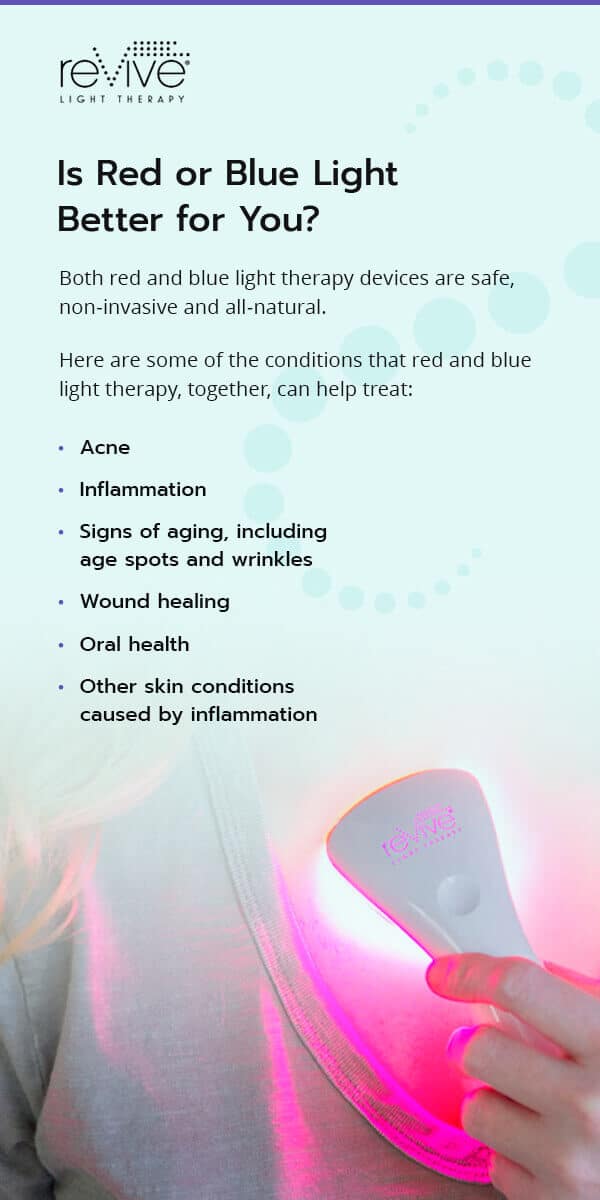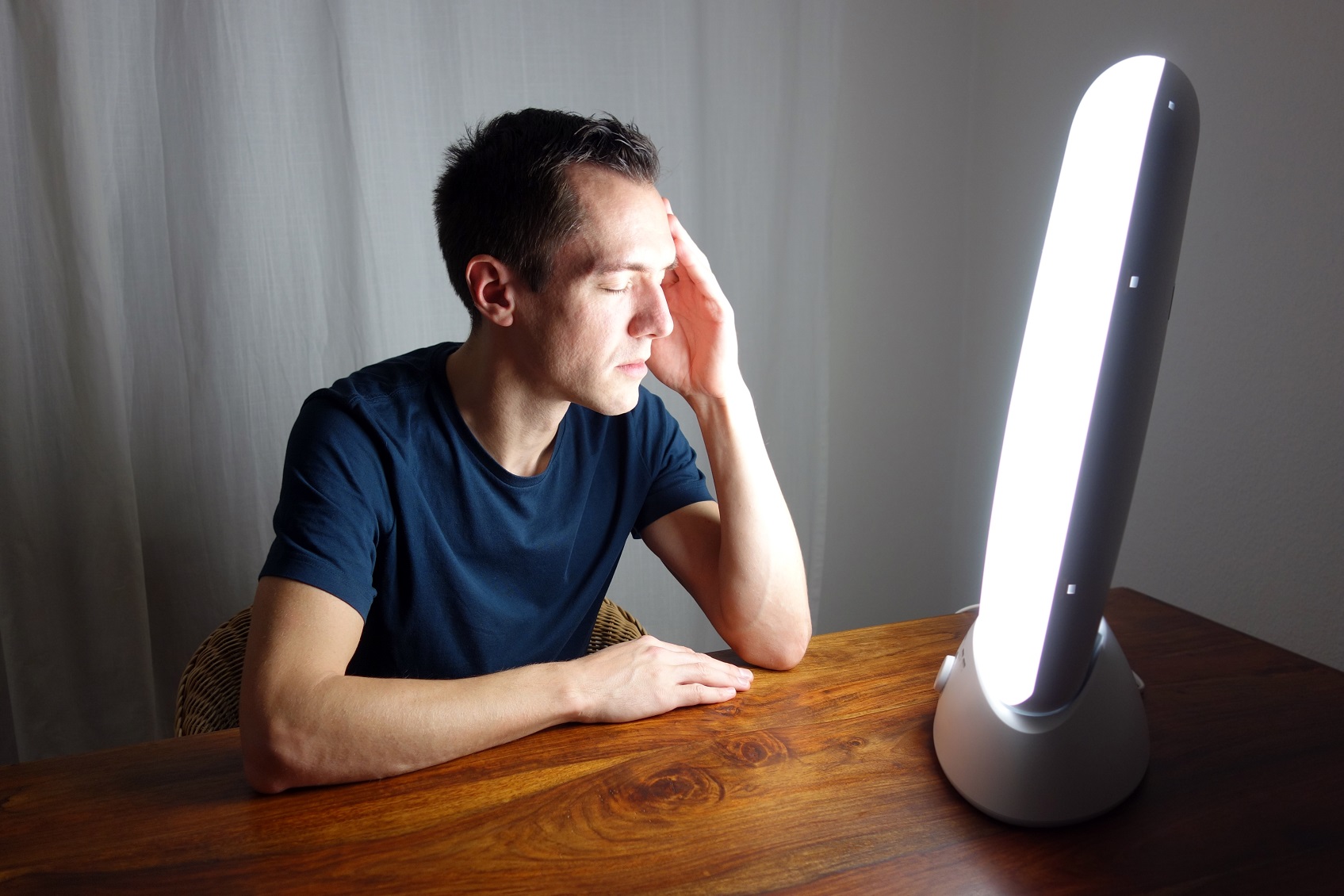PBM Light Therapy: Clarifying Healing and Health
Wiki Article
Unlocking the Prospective of Photobiomodulation: A Promising Technique for Healing Intervention
Are you curious regarding the possibility of photobiomodulation for healing treatment? Picture a situation where an individual experiencing persistent discomfort finds relief through a non-invasive treatment that uses light. This is precisely what photobiomodulation deals. It is an encouraging strategy that harnesses the power of light to stimulate healing and lower swelling in numerous clinical problems. By targeting details mobile procedures, photobiomodulation has actually revealed possible in speeding up injury healing, minimizing pain, and promoting tissue regeneration. In this introduction, we will certainly discover the devices of activity, applications in medication, and the present evidence supporting the efficacy of photobiomodulation. Additionally, we will certainly review future instructions and potential challenges in unlocking its full potential as a healing intervention.Understanding Photobiomodulation
To recognize photobiomodulation, you require to understand the principle of exactly how light therapy can straight impact cellular procedures in your body. Photobiomodulation, also recognized as low-level light treatment, is a non-invasive treatment that makes use of particular wavelengths of light to stimulate biochemical responses in your cells. When exposed to these light wavelengths, your cells soak up the energy and transform it into mobile energy, called adenosine triphosphate (ATP) This boost in ATP manufacturing results in a waterfall of cellular feedbacks, including enhanced metabolic process, boosted blood circulation, and increased production of collagen and other healthy proteins.The restorative results of photobiomodulation are far-ranging and have actually been examined thoroughly in numerous clinical fields. It has actually revealed encouraging lead to promoting tissue repair service and regeneration, minimizing inflammation, easing discomfort, and improving injury recovery. Additionally, photobiomodulation has been discovered to have a favorable impact on neurological problems, such as stressful mind injury and stroke, by promoting neural activity and advertising neuroplasticity.
Among the vital benefits of photobiomodulation is its safety and security account. Unlike various other treatments, photobiomodulation does not create any heat or trigger tissue damage. It is a non-invasive and painless treatment that can be done in a scientific setup or perhaps in the convenience of your very own home with using mobile gadgets. However, it is essential to note that photobiomodulation must be provided by qualified specialists or according to the manufacturer's instructions to ensure optimal outcomes and security.

Systems of Action
In recognizing the systems of activity, you will certainly discover how photobiomodulation straight affects mobile procedures through particular biochemical reactions. When light is put on the body, it is taken in by chromophores, such as cytochrome c oxidase and flavins, which are existing in the mitochondria. This absorption brings about a cascade of occasions that eventually cause mobile changes.Among the essential systems of action is the stimulation of ATP production. Photobiomodulation enhances the task of cytochrome c oxidase, a vital enzyme in the mitochondria that is included in the electron transport chain. This raised activity leads to the manufacturing of even more ATP, the primary energy money of the cell. Therefore, cellular metabolism is improved, advertising tissue repair work and regeneration.
Additionally, photobiomodulation has been revealed to regulate cellular signaling pathways. It turns on different growth variables and signaling molecules, such as nitric oxide and reactive oxygen species, which play vital duties in procedures like swelling, cell, and angiogenesis expansion. These signaling pathways add to the therapeutic effects of photobiomodulation, advertising tissue recovery and decreasing discomfort and inflammation.
Applications in Medicine
Explore the comprehensive applications of photobiomodulation in medicine. Photobiomodulation, additionally referred to as low-level light therapy, is a non-invasive treatment that makes use of light to promote and stimulate mobile processes healing. In medicine, this technique has revealed promising outcomes throughout various areas.One of the key applications of photobiomodulation is in pain administration. pbm therapy. It has been utilized to relieve both intense and persistent discomfort, including musculoskeletal problems, neuropathic pain, and post-operative pain. By targeting the affected area with specific wavelengths of light, photobiomodulation can decrease swelling, advertise tissue repair service, and supply relief
Additionally, photobiomodulation has actually revealed possible in wound healing. It can accelerate the recovery process by boosting cell spreading, promoting angiogenesis, and reducing scar cells formation. This has considerable ramifications in the treatment of persistent wounds, such as diabetic person abscess and stress sores.
In dermatology, photobiomodulation has been used for its anti-inflammatory and regenerative effects. It can enhance the appearance of marks, reduce acne lesions, and boost hair development in conditions like androgenetic alopecia.
Furthermore, photobiomodulation has shown assurance in neurorehabilitation. It can enhance cognitive function, boost electric motor healing, and help in the treatment of neurodegenerative diseases like Alzheimer's and Parkinson's.
Professional Proof and Research Study Searchings For

In the field of bone and joint problems, photobiomodulation has been discovered to reduce discomfort and swelling, enhance variety of activity, and increase cells fixing. Studies have actually demonstrated its efficiency in dealing with photobiomodulation laser problems such as osteo arthritis, tendinopathies, and muscular tissue stress. Additionally, photobiomodulation has actually revealed positive effects on wound recovery by promoting collagen synthesis, fibroblast, and angiogenesis spreading. This makes it an important device in the administration of persistent wounds, diabetic person abscess, and medical lacerations.
Furthermore, research study has shown that photobiomodulation can have neuroregenerative and neuroprotective results. It has been located to improve cognitive feature, reduce neuroinflammation, and enhance neuronal survival and synaptic plasticity. This has crucial implications for the treatment of neurological problems such as Alzheimer's disease, Parkinson's condition, and stroke.
Future Instructions and Potential Difficulties
Moving forward, it is vital to take into consideration the possible challenges and future directions surrounding the use of photobiomodulation as a therapeutic intervention. Currently, there is no agreement on the optimum wavelength, intensity, period, and regularity of photobiomodulation treatment.An additional crucial future direction is the development of portable and affordable photobiomodulation tools. While current devices work, they are frequently bulky, expensive, and need specialist supervision - pbm therapy. The development of inexpensive and straightforward devices would significantly boost accessibility to this treatment, allowing more people to gain from its potential healing impacts
Additionally, future research should concentrate on illuminating the mechanisms underlying photobiomodulation. In spite of its growing appeal, the specific systems whereby photobiomodulation exerts its therapeutic effects are not completely understood. Understanding these mechanisms would not just boost our understanding of the therapy yet also aid in the growth of even more targeted and effective treatments.
Nonetheless, there are likewise potential challenges that need to be addressed. photobiomodulation. These consist of the requirement for standard methods, the need for properly designed medical tests with bigger sample sizes, and the need for long-term follow-up researches. Regulatory and security factors to consider have to be taken right into account to make sure the risk-free and efficient use of photobiomodulation in scientific practice.
Final Thought
In final thought, photobiomodulation holds terrific assurance as a restorative treatment in medicine. With continuous studies and improvements in this field, photobiomodulation has the potential to open new opportunities for improving patient outcomes.Are you interested about the potential of photobiomodulation for restorative intervention? By targeting specific cellular processes, photobiomodulation has actually revealed potential in speeding up injury healing, lowering pain, and promoting cells regrowth.Additionally, photobiomodulation has revealed prospective in injury recovery.Moving ahead, it is essential to think about the possible obstacles and future directions surrounding the usage of photobiomodulation as a healing treatment. With recurring research studies and developments in this area, photobiomodulation has the prospective to unlock brand-new possibilities for boosting client end results.
Report this wiki page